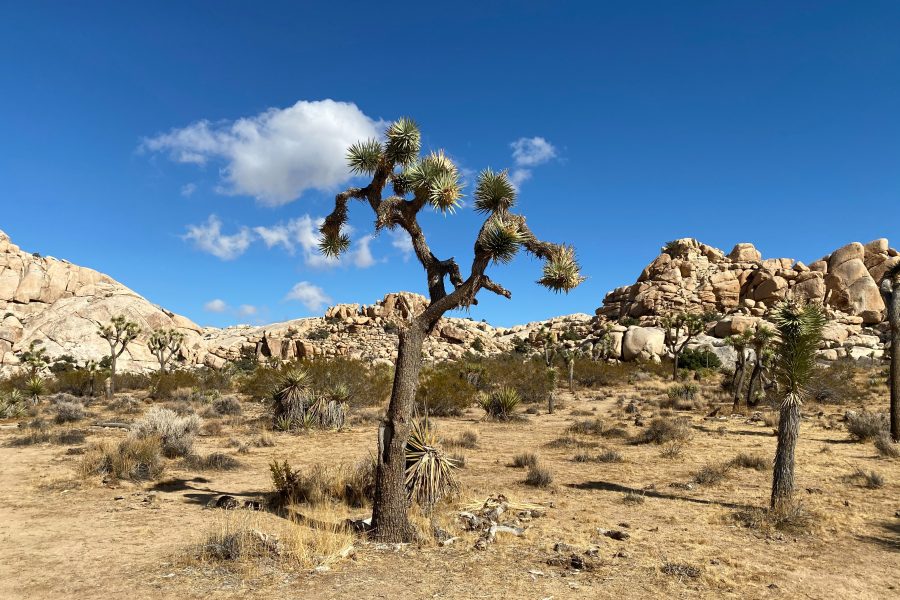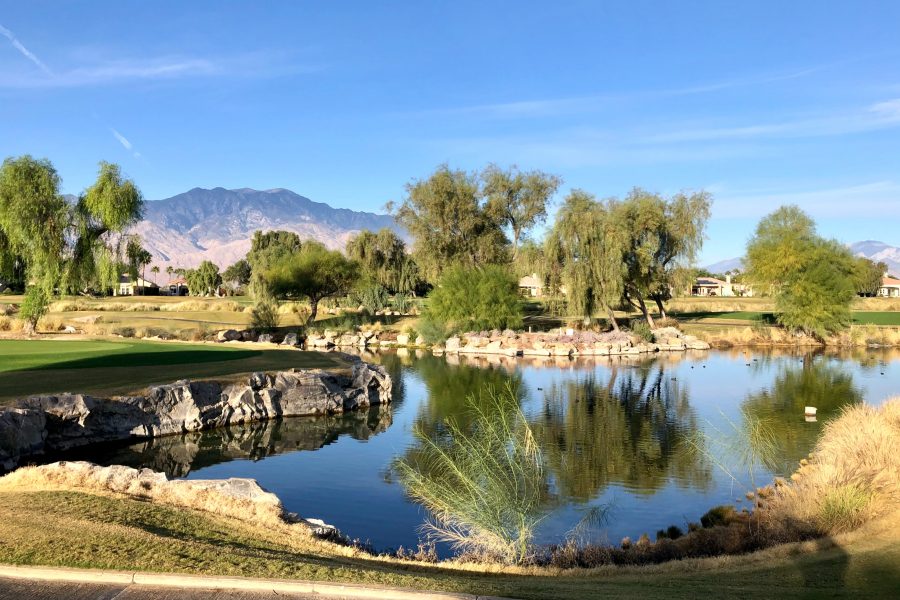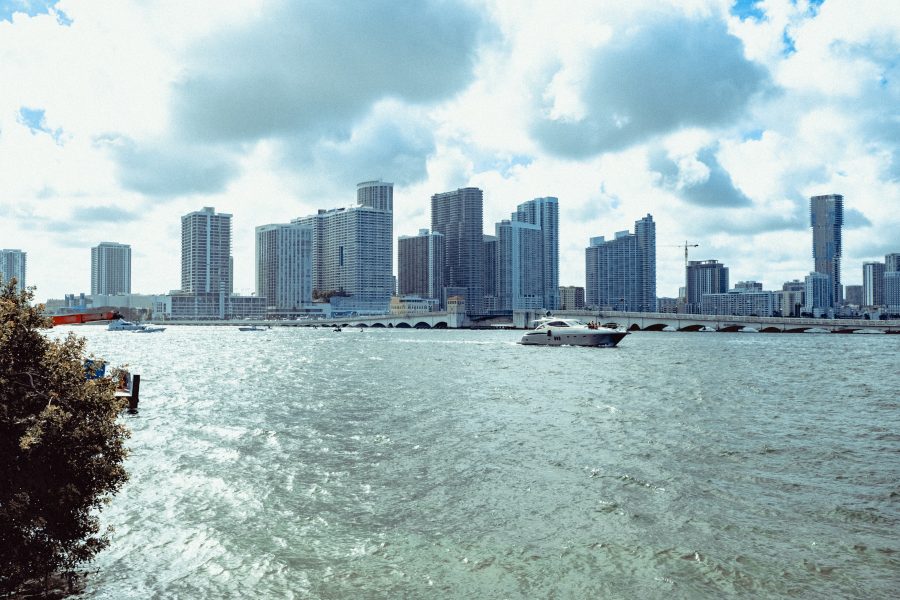The Federal Emergency Management Agency (FEMA) has released its first National Risk Index (NRI), an online tool to help illustrate the nation’s communities most at risk of natural hazards.
The risk equation behind the NRI includes three components: a natural hazards component (Expected Annual Loss), a consequence enhancing component (Social Vulnerability), and a consequence reduction component (Community Resilience). The NRI ranks all 3,000+ United States counties, leveraging authoritative nationwide datasets and multiplying values for exposure, hazard frequency and historic loss ratios to derive Expected Annual Loss for 18 natural hazards. It combines this metric with Social Vulnerability and Community Resilience data to generate a unitless, normalized Risk Index score for every census tract and county in the United States. The datasets supporting the natural hazards and consequence reduction components were standardized using a min-max normalization approach.
According to FEMA, natural hazards are defined as environmental phenomena that impact societies and the human environment. The NRI incorporates data for the following natural hazards: avalanche, coastal flooding, cold wave, drought, earthquake, hail, heat wave, hurricane, ice storm, landslide, lightning, riverine flooding, strong wind, tornado, tsunami, volcanic activity, wildfire and winter weather.
FEMA reports that the NRI can assist communities in:
- Updating emergency operations plans
- Enhancing hazard mitigation plans
- Prioritizing and allocating resources
- Identifying the need for more refined risk assessments
- Encouraging community-level risk communication and engagement
- Educating homeowners and renters
- Supporting adoption of enhanced codes and standards
- Informing long-term community recovery
The full report is available here. Based on the results of the NRI, here are the 10 counties that ranked as the most at risk of natural hazards.












